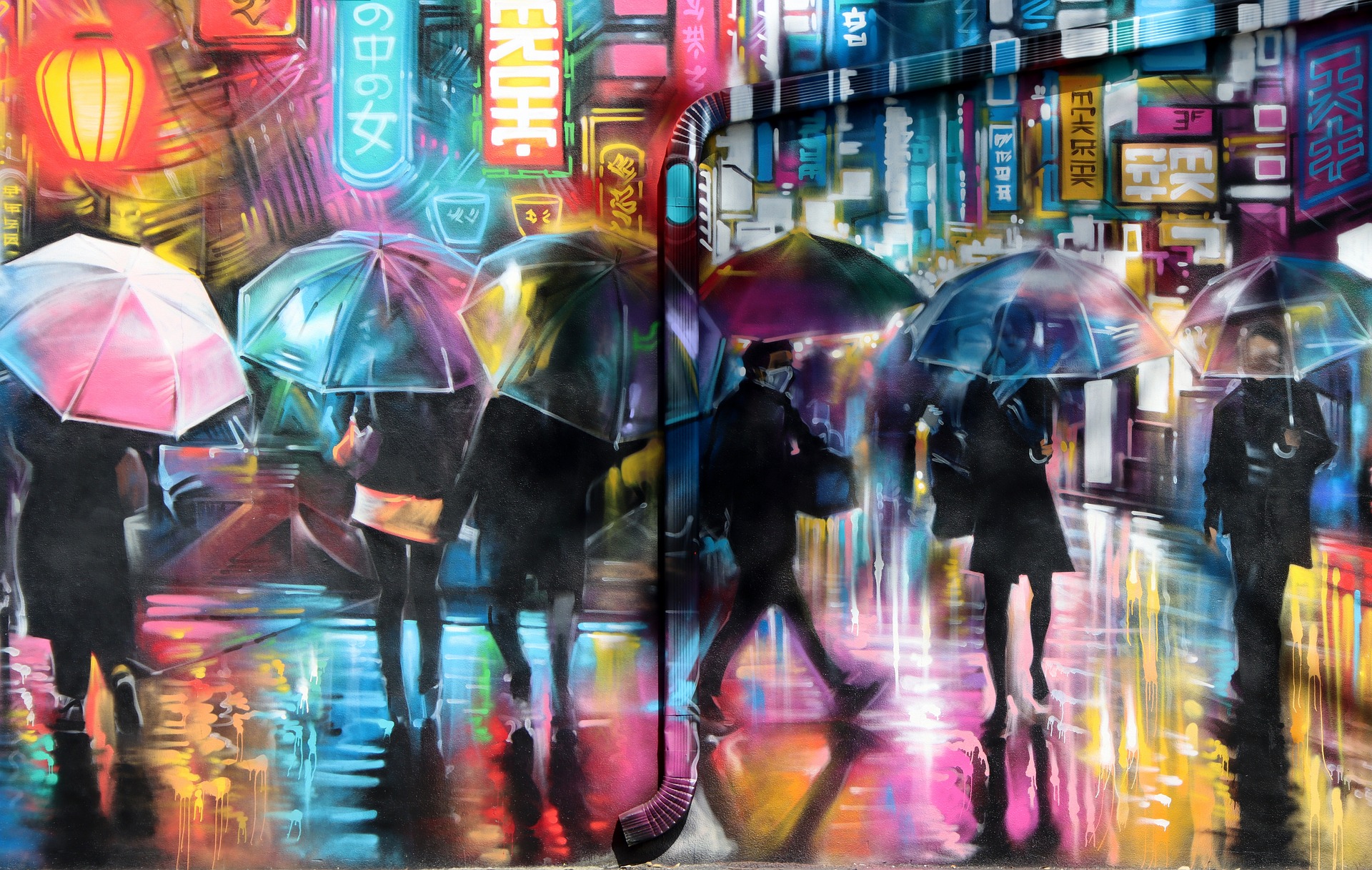Augmented Reality: A New Frontier in Artistic Expression
Immerse yourself in the latest trend within the arts and entertainment industry: Augmented Reality (AR). This technology is making waves, revolutionizing the way we perceive and interact with art, and altering the very fabric of artistic creation.

A Brief History of Augmented Reality in Art
Augmented Reality, a technology that overlays digital information onto the real world, has found a unique application in the world of art. Its roots can be traced back to the late 20th century when innovative artists began to experiment with digital technology. However, it wasn’t until the rise of smartphones and advancements in AR technology during the early 21st century that artists and audiences could fully embrace this new medium.
The Current Landscape of AR in Art
In recent years, AR has been adopted by both established institutions and independent artists. Museums, such as the Tate Modern and the Louvre, have incorporated AR into their exhibitions, enhancing their collections and offering immersive, interactive experiences. Independent artists are using AR to create innovative artworks that challenge traditional notions of space, interaction, and reality.
The Influence and Impact of AR Art
The impact of AR on art is profound. By overlaying digital elements onto the physical world, AR blurs the boundaries between reality and imagination. It’s not just a tool for artists; it’s a new artistic medium that expands the possibilities of creative expression. Moreover, it democratizes art by making it more accessible and interactive, thereby attracting a diverse audience.
The Reception of AR Art
Despite being a relatively new phenomenon, AR art has received widespread acclaim. Critics laud its ability to transform mundane spaces into something magical and its potential to engage audiences in unprecedented ways. However, it’s also faced some criticism for its reliance on technology, raising questions about the authenticity of the artistic experience.
The Future of AR in Art
The future of AR in art looks promising. As technology continues to evolve, so too will the ways artists use it. We can anticipate more immersive and sophisticated AR artworks and exhibitions. At the same time, questions about the role of technology in art will continue to provoke debate, ensuring that AR remains at the forefront of artistic discourse.
In conclusion, Augmented Reality is redefining the boundaries of the arts and entertainment industry. Its influence is undeniable, and its potential is vast. As we venture further into the digital age, AR will continue to shape the artistic landscape, offering new ways to create, perceive, and interact with art.




